There are many different research and technology areas for applications of MBN Explorer. Below, key topics and representative case studies in each area are outlined.
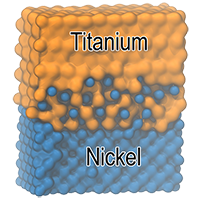
Crystals, liquids, gases, and plasmas
- Crystalline structures
- Liquids and soft matter
- Gaseous systems and plasmas
- Physical and chemical phenomena with solids, liquids, gases, and plasmas
- Multiscale modeling of aforementioned systems
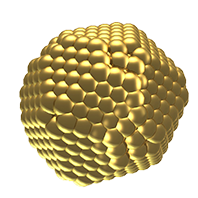
Atomic and molecular clusters, nanoparticles
- Atomic clusters
- Molecular clusters
- Finite nanosystems: fullerenes, endohedral atoms, coated and functionalized nanoparticles, etc.
- Deposited and embedded clusters and nanoparticles
- Dynamics of cluster and nanosystems
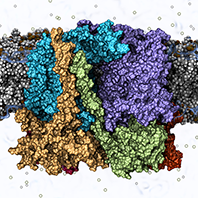
Biomolecular systems
- Structure of biomolecules and macromolecules
- Biomolecular complexes
- Bio-nano systems
- Structural transitions, biomolecular processes
- Dynamics of DNA, RNA, and proteins
- Multiscale modeling
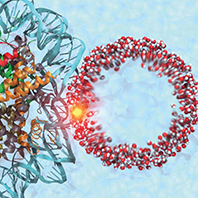
Collisions and reactions
- Collision processes, fission, fusion and fragmentation processes involving clusters, nanoparticles, biomolecules, nanostructures and materials
- Molecular association, dissociation, reactions
- Collision and irradiation induced chemistry
- Particles propagation through media
- Collision induced medium effects
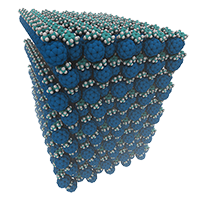
Nanostructured materials
- Metallic, organic, and inorganic nanomaterials
- Crystalline superlattices
- Nanotubes, nanowires, nanofractals, nanofilms, graphene, functional nanoparticles, etc.
- Nanoscale phase and structural transitions
- Self-assembly and growth
- Irradiation-driven nanofabrication
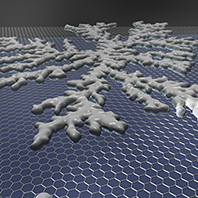
Composite materials and material interfaces
- Alloys and composites
- Surface structure and material interfaces
- Tribological properties: nanoindentation, scratching, lubrication, etc.
- Deposition, diffusion, aggregation and surface pattern formation, morphological transitions
- Functional surface coatings
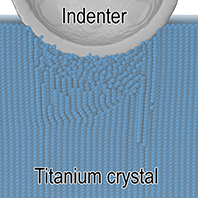
Thermo-mechanical properties of materials
- Thermo-mechanical properties
- Elastic and plastic deformations
- Defects and dislocations
- Phase and structural transitions
- Irradiation-induced damage
- Materials at extreme conditions
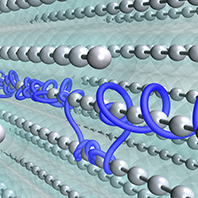
Emerging technologies
- Biomedical applications driven by nanoprocesses and technologies, e.g. advanced radiotherapies
- Deposition technologies: spattering, CVD, PVD, FEBID, etc.
- Crystalline undulator-based novel light sources
- Virtual design of materials
- Computational nano- and microscope